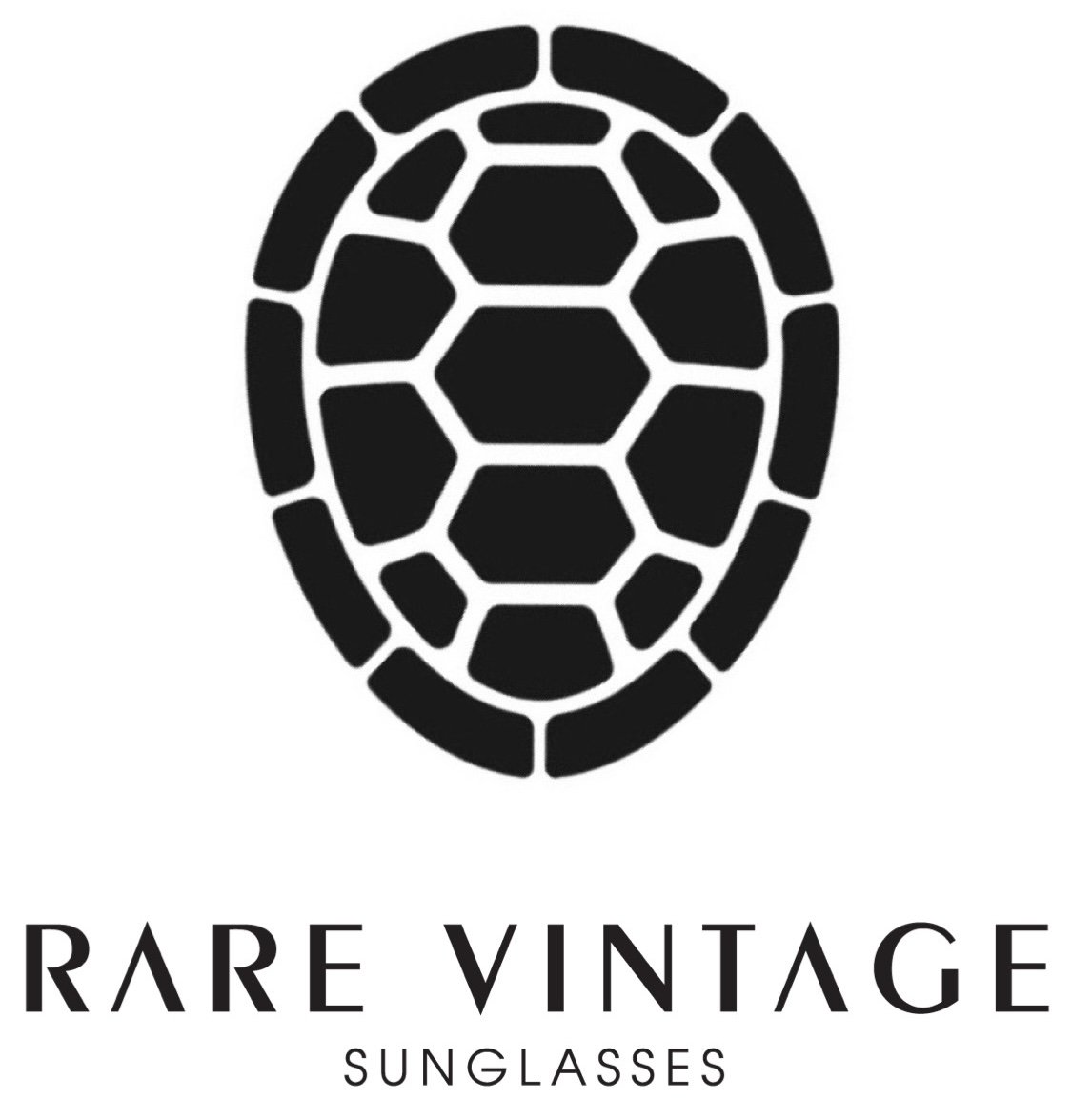Genuine tortoise shell
Tortoiseshell was widely used from ancient times in the West and in Asia, until the trade was banned in the 1970s. It was used, normally in thin slices or pieces, in the manufacture of a wide variety of items such as combs, small boxes and frames and inlays in furniture (known as Boulle Work carried out by André-Charles Boulle) and other items, frames for spectacles, guitar picks and knitting needles. Despite being expensive, tortoiseshell was attractive to manufacturers and consumers because of its beautiful mottled appearance, its durability, and its organic warmth against the skin.
The initial processing involved separating the layers of the scutes from the animal's carapace by heating, softening the plates by boiling them in salt water and flattening them under a press. Two pieces could be fused by use of a hot iron, but like the earlier stages, great care had to be taken not to lose the color. Finishing and polishing was done by various techniques mainly in Europe or in the US. Craftsmen in various Asian countries were also experts in this art.
Today genuine tortoiseshell eyewear from the past are extremely rare to come upon in perfect condition making them very precious to those who show interest in the history and allure behind these pieces of art. Rare Vintage Sunglasses takes pride in being one of the only vintage eyewear companies to focus solely on genuine tortoiseshell pieces curated for our clients from the past to present.
Below you may find some of the many shades of genuine tortoiseshell which also determine the rarity of the piece (from lightest to darkest)


